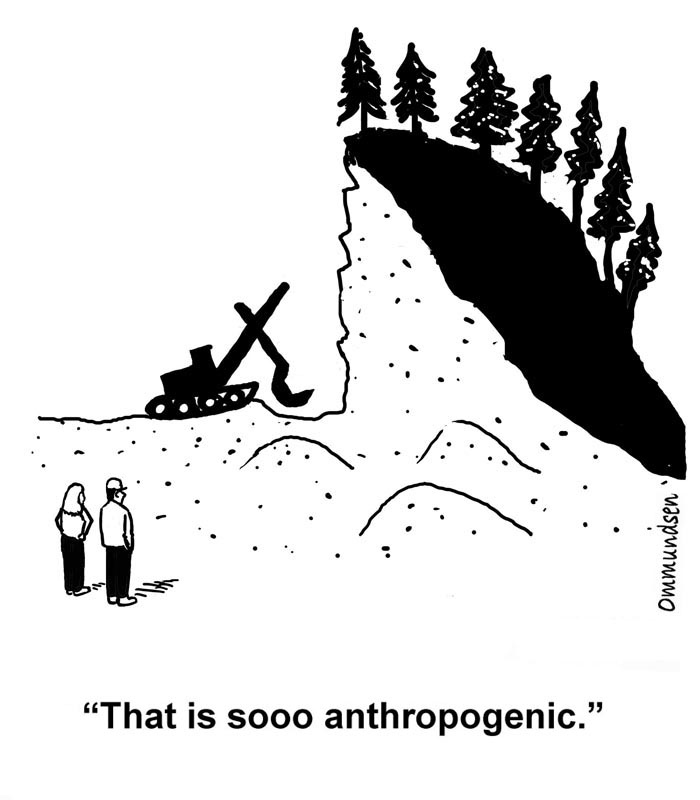
Climate change is a dividing issue. It is not intuitive. It potentially hurts different groups with different interests. Recently I read a research paper by Jack Hollander, a UC Berkeley professor, titled Global Warming: Both sides, Rushing to Judgment. One sentence in its first paragraph captures the main point of the paper: “…hard evidence for human contribution simply does not exist; the evidence we have is suggestive at best”. The paper mostly points out our limited understanding about climate as a reason not to jump to the conclusion that global warming is resulted from human activities and to take actions based on that conclusion. Just from a critical reasoning standpoint, I don’t agree with this argument. In the lack of absolute evidence, it is better to act based on what we already know than to wait until negative consequences are irreversible.
Reading Dire Predictions by Michael Mann and Lee Kump, even after reading Hollander’s, is still very convincing.
Mann and Kump, mindful of counter-arguments, provided a simple and concise account of climate change. The authors mentioned five pieces of evidence why climate change is related to human activities. I am listing them below in order of how convincing there are and why some are not so persuasive.
– Increase in anthropogenic gases over the recent centuries: the evidence was found in changing compositions of the air bubbles trapped in arctic ice. Recent air bubbles contain much more CH4 and N2O than those found at any other time. This is highly convincing because only human activities can account for such significant increases in those gases. For the past 10000 years that we had data for, in no other periods did the atmosphere contain such high percentage of CH4 and N2O. A separate research also on ice core by a team of European researchers published in Science magazine concluded that “CO2 levels today are 27% higher than they have been in the last 650,000 years and levels of methane are 130% higher”.
– Decrease in composition of carbon-13 isotopes in atmosphere: carbon 12 isotopes which are typical of organic matter accounts for an increasing percentage in the atmosphere as compared to carbon-13 isotope. The evidence is convincing because it rules out all other significant sources of CO2 emissions such as volcanic explosion. CO2 from such sources would have higher percentage of carbon-13 isotopes.
– Decrease in radioactivity of CO2 in new tree rings: this means the atmosphere contains much more CO2 from radiocarbon-dead sources such as fossil fuels. Possible counter-point: it is natural that radioactive materials lose their radioactivity levels over time. Maybe natural CO2 loses radioactivity level over time? There is another research I encountered that also used tree rings to measure climate change (see video at the end). It pointed out the fact that rings are further apart in recent years, indicating longer warmer seasons. One disadvantage about studying tree rings is that it is hard to find samples that date back to a very long time ago, limiting evidence of patterns.
– CO2 from human activities more than accounts for CO2 increase: estimated CO2 since industrialization is about twice the increase of CO2 in the atmosphere, but offset by forest and ocean. Possible counter-point: can it be that the ocean actually absorbs more CO2 than that and there is another significant source of CO2?
– Climate model does not correlate with observation without accounting for human impact: Mann and Kump reason that if we do not consider impact of human activities, results from climate models do not match reality. Possible counter-point: from the visual presentation in Dire Prediction, even after adding human impact, the result the prediction is still very different from real observation. Can there be a flaw in the model or a failure to include some important climate processes?
Tags: anthropogenic, human induced climate change, Luan Nguye